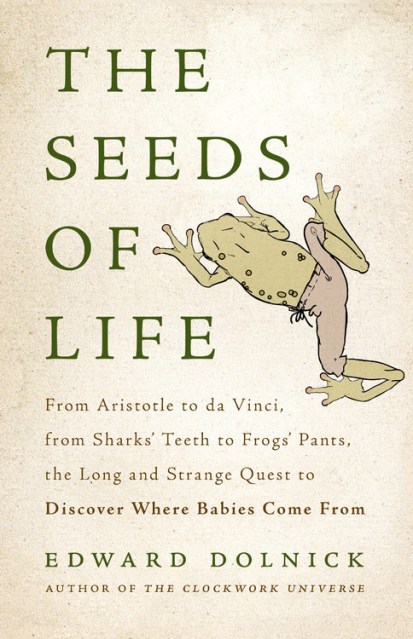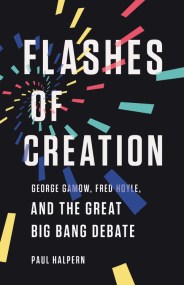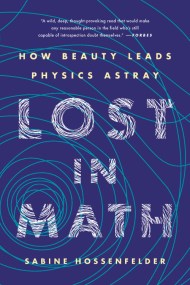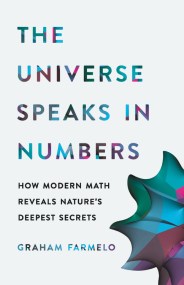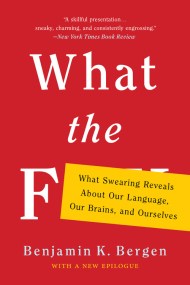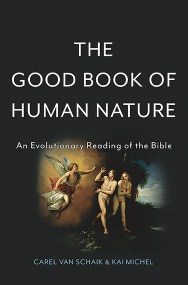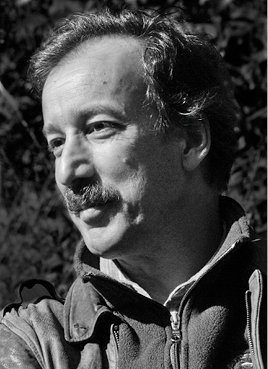Promotion
Use code MOM24 for 20% off site wide + free shipping over $45
The Seeds of Life
From Aristotle to da Vinci, from Sharks' Teeth to Frogs' Pants, the Long and Strange Quest to Discover Where Babies Come From
Contributors
Formats and Prices
Price
$38.00Price
$48.00 CADFormat
Format:
- Hardcover $38.00 $48.00 CAD
- ebook $17.99 $22.99 CAD
- Audiobook Download (Unabridged)
This item is a preorder. Your payment method will be charged immediately, and the product is expected to ship on or around June 6, 2017. This date is subject to change due to shipping delays beyond our control.
Also available from:
Throughout most of human history, babies were surprises. People knew the basics: men and women had sex, and sometimes babies followed. But beyond that the origins of life were a colossal mystery. The Seeds of Life is the remarkable and rollicking story of how a series of blundering geniuses and brilliant amateurs struggled for two centuries to discover where, exactly, babies come from.
Taking a page from investigative thrillers, acclaimed science writer Edward Dolnick looks to these early scientists as if they were detectives hot on the trail of a bedeviling and urgent mystery. These strange searchers included an Italian surgeon using shark teeth to prove that female reproductive organs were not ‘failed’ male genitalia, and a Catholic priest who designed ingenious miniature pants to prove that frogs required semen to fertilize their eggs.
A witty and rousing history of science, The Seeds of Life presents our greatest scientists struggling-against their perceptions, their religious beliefs, and their deep-seated prejudices-to uncover how and where we come from.
Genre:
- On Sale
- Jun 6, 2017
- Page Count
- 320 pages
- Publisher
- Basic Books
- ISBN-13
- 9780465082957
Newsletter Signup
By clicking ‘Sign Up,’ I acknowledge that I have read and agree to Hachette Book Group’s Privacy Policy and Terms of Use
